Tesserae, black marble.
Italy.
Early 19th century.
d. 19,3 in.
This mosaic depicts the Roman temple of Vesta, goddess of fire and the hearth, venerated since the period of the Monarchy in the home of every Roman family, as well as in the Aedes rotunda Vestae, the dedicated temple in the forum, which stands out among other Roman temples due to its circular shape.
The Roman temple of Vesta, still partially intact in the Middle Ages, was severely damaged over time, and had been reduced to ruins by the second half of the 16th century. This is, therefore, a reconstruction, an imaginary veduta, some would say a capriccio, where figures in contemporary clothing are depicted near the pristine temple. The mosaic itself is remarkably refined, from the modeled ‘frame’ surrounding the view of the temple to the fluting of the temple’s Corinthian columns, which shadows are depicted thanks to tesserae of varying darkness following on the angle of the sun.
This level of craftmanship in the association of tesserae is the hallmark of the Roman workshops of the first half of the 19th century. The black marble circle at the center of which this mosaic is set was likely designed to be part of a Grand Tour tripod table, in the style of the famous tables produced in the Roman workshops of Giacomo Raffaelli. Perhaps never mounted as a table, this mosaic was instead assigned the purely decorative function of a tondo.
Some scratches and wear appear on the marble under strong light.








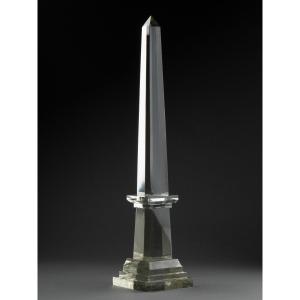
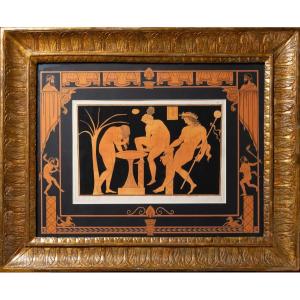

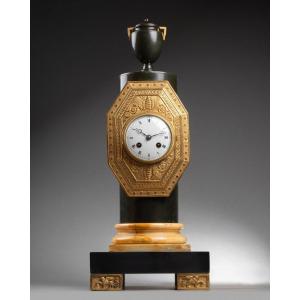
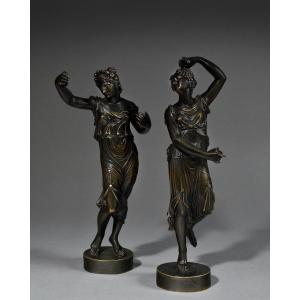





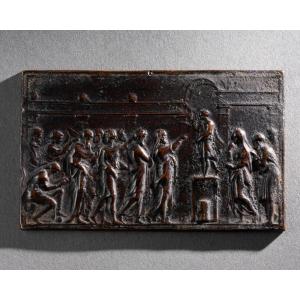
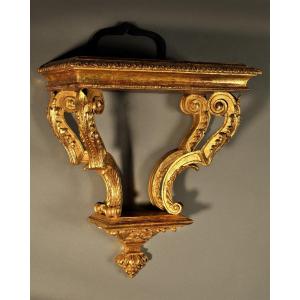










 Le Magazine de PROANTIC
Le Magazine de PROANTIC TRÉSORS Magazine
TRÉSORS Magazine Rivista Artiquariato
Rivista Artiquariato